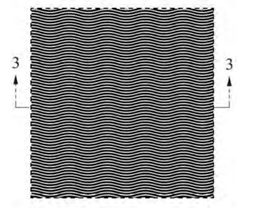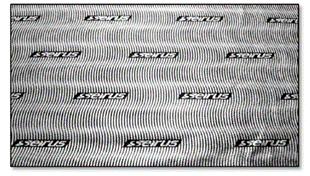The US Court of Appeals for the Federal Circuit affirmed a district court’s dismissal of a lawsuit involving two software patents directed toward enhancements to search result displays, finding that both patents claimed subject matter that is ineligible under 35 U.S.C. § 101. IBM v. Zillow Group, Inc., Case No. 22-1861 (Fed. Cir. Jan. 9, 2024) (nonprecedential) (Prost, Hughes, JJ.) (Stoll, J., dissenting).
IBM sued Zillow for infringing five patents. Claims from two of the patents were dismissed. For the remaining three patents, Zillow filed a motion to dismiss, arguing that all three patents were ineligible under § 101. The district court granted Zillow’s motion to dismiss, finding the asserted claims ineligible. IBM appealed.
Only two of the patents were subject to the appeal. The first patent was directed to a graphical user interface that improves search and selection based on user input to produce better results, and the second patent was directed to improvements in how to display search results to users.
IBM raised two arguments on appeal:
- The district court erred in dismissing both patents, because the complaint and IBM’s inventor declaration were enough to show patent eligibility and—at minimum—survive the pleading stage.
- The district court failed to resolve a claim construction dispute over a term in the second patent.
The Federal Circuit began by providing a primer on the Alice two-step process for evaluating patent eligibility. For step one, courts must “determine whether a patent claim is directed to an unpatentable law of nature, natural phenomena, or abstract idea.” When the patent involves software, claims are ineligible where they merely describe a process or system that uses a computer as a tool applied to an otherwise abstract idea. For step two, courts must analyze whether the claims simply describe an abstract method. If the claims instead go further and transform an otherwise abstract idea into something new via an “inventive concept,” then the subject matter may be patentable.
Turning to the appeal, the Federal Circuit first addressed whether IBM’s complaint and inventor declaration should have been enough to establish subject matter eligibility at the pleading stage for either patent. Applying the Alice two-step test, the Court found that they were not and upheld the district court’s dismissal.
For the first patent directed to a graphical user interface, the Federal Circuit agreed with the district court’s conclusion that the patent had three clear indicia of abstractness. First, the process could be done with pen and paper. Second, the claim language was result-oriented. Third, the patent focused on intangible information. The Court also found that the claims did “not disclose any technical improvement” to computer software. Thus, the claims failed at Alice step one. The Court found that IBM fared no better at step two, explaining that IBM’s argument for an inventive process hinged on the inventor declaration, which made no reference to the patent’s actual claim language. The Court explained that “[s]imply including allegations of inventiveness in a complaint, detached from what is claimed or discussed in [...]
Continue Reading
read more

 Subscribe
Subscribe




